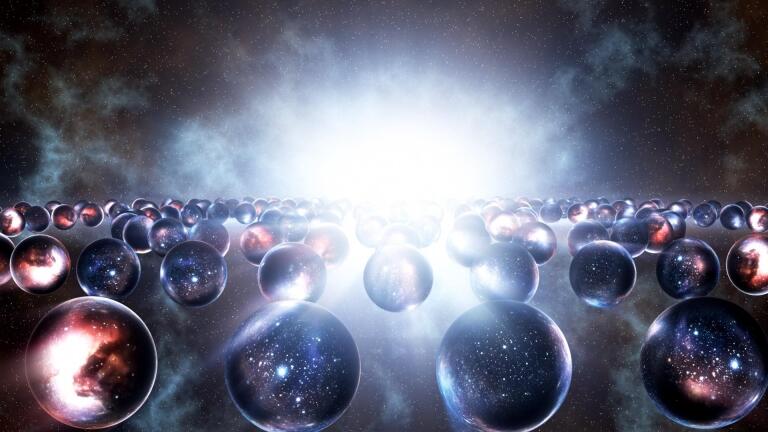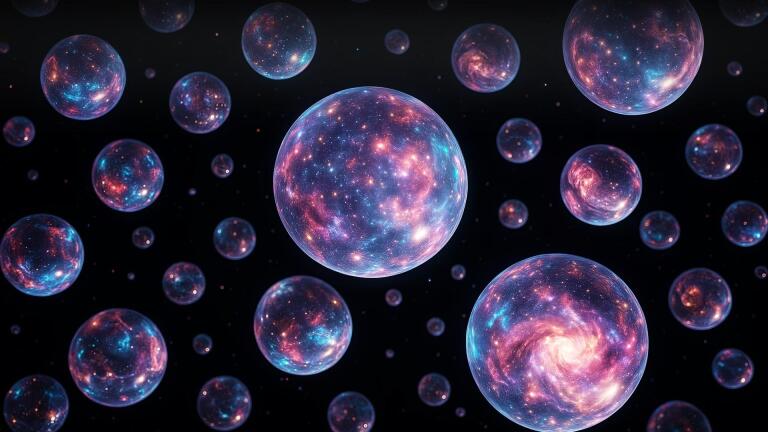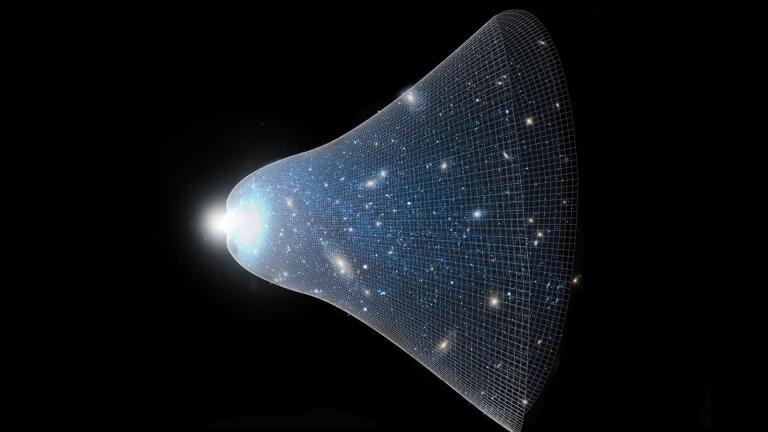Back to Show
PBS Space Time
The New Physics of Black Hole Star Capture | Extreme Tidal Disruption Events
Season 10
Episode 21
If you track the motion of individual stars in the ultra-dense star cluster at the very center of the Milky Way you’ll see that they swing in sharp orbits around some vast but invisible mass—that’s the Sagittarius A* supermassive black hole. These are perilous orbits, and sometimes a star wanders just a little too close to that lurking monster, leading to a tidal disruption event.
Support Provided By

19:14
Life on mars could result in humanity’s destruction via Fermi Paradox.

19:01
How to build a particle collider the size of the solar system.

12:39
One of the most important reasons we go to space is to know our own planet better.

16:18
Is there evidence for the existence of an enormous number of other universes?

17:14
Can something that exists be bad science?

18:56
It may be that our very DNA inherited its twist from the underlying handedness of reality.

17:21
Did God have any choice in creating the world? So asked Albert Einstein

18:19
What if, just before we reach the bottom, we find out that reductionism fails?

19:03
The biggest news in cosmology in recent years is that dark energy may be fading away.

18:50
Does this also explain why there are no aliens?

16:58
Quantum energy teleportation may be as close as we get to transporter beams. But how close is that?

14:50
Why is there any matter in the universe? A new antimatter breakthrough at LHC holds clues.











